Do you remember how Santa Monica Studio announced God of War in 2016? How Cory Barlog, the game director, took us through a real-time demo of what he and his fellow devs had been silently and privately working on? Then, do you remember how they put what would become one of the most universally acclaimed games of all time straight into our hands just a year and a half later?
Now think back to how Bethesda announced Starfield. How fans were promised an expansive universe set in space, and how Bethesda hammered home the fact that it was its first new franchise in decades? But do you recall how long it took to even get a crumb of new information or gameplay? And how it was delayed not once, but twice, and took over five years to finally play the thing?
And do you remember how you felt when that five-year wait finally ended? Underwhelmed, right? Us, too.
In the tank for too long?
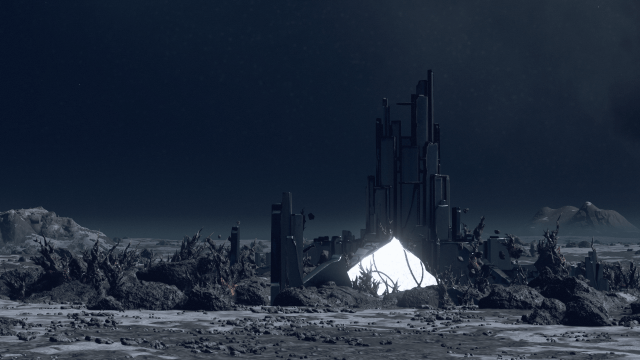
It’s nearly impossible for any game, regardless of production value, to live up to five years of hype. Originally announced in 2018, Bethesda may have slammed down the Starfield gauntlet too early because, by the time it actually reached players’ hands, the main question on countless minds was simple: “Is this it?”
When a game returns to the workshop multiple times, prospective players’ expectations grow—largely thanks to a common misconception that an elongated development cycle will result in more content. In reality, that extra development time is in place to ensure that what does exist is as polished as possible. While delays make a game better, they don’t necessarily make them bigger.
Asking gamers to have patience (lol) is something that’s never going to work in favor of the developers—and asking them to extend that patience multiple times over several years will only result in disappointment. Like God of War (2018), games are at their best when they spend less time in public as an idea and more time as a living, breathing product.
Think back to Cyberpunk 2077, which was first announced in 2012 and didn’t come out until 2020—following one of the infamous and most delay-ridden development cycles in gaming history. When it finally got into players’ hands, of course, it didn’t meet expectations. How could it have after drumming up the development/delay/hype correlation for nearly a decade? Once you add all of the nonsensical bugs and inconveniences that plagued its release period, Cyberpunk was relegated to the same fate as other games that missed the bar at launch only to be forced to redeem itself with a future update (see No Man’s Sky, Diablo 3, Fallout 76, and others).
Call it a hunch, but it feels like a natural evolution for Starfield to follow suit. Patches and updates have been tried-and-true cures for initial indifference and disappointment in the gaming industry as of late.
Good enough for the Bethesda fans out there
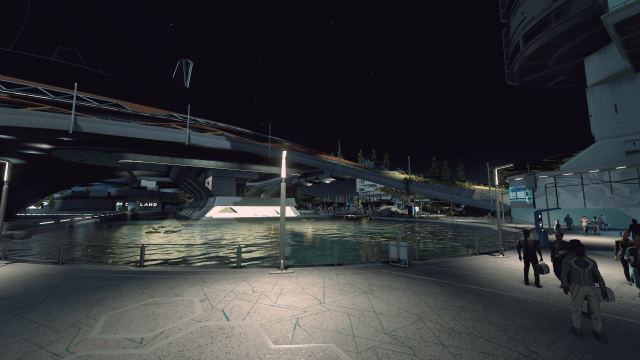
Depending on where your alignment on the Bethesda fandom chart sits, the phrase “Skyrim in space” should elicit an emotion somewhere between complete boredom and raw excitement. When one of my friends first described Starfield this way to me, I raised one eyebrow in slight intrigue, knowing that if I could go back into a Skyrim-like experience in a completely new setting, I’d be more than happy to do so.
And when it comes to stylistic continuity, there’s arguably no developer in gaming that has more consistency than Bethesda. The studio’s formula hasn’t changed much in the last 15 years, and just a few hours into Starfield, I was convinced that I wasn’t just playing Skyrim in space, but also Morrowind in space, and Fallout 76 in space.
In an amalgamative effort, Bethesda borrowed gameplay elements from its previous titles and combined them into one singular product. Between the “chosen one” narrative that sets you apart from all of your colleagues, the Starborn powers that eerily resemble Skyrim’s shouts, the base-building efforts that draw comparisons to Fallout 76’s C.A.M.P. system, and the stop-and-go menu-based combat that has remained a pinpoint of Bethesda games for two decades, it’s hard not to call Starfield, if nothing else, formulaic.
How will Starfield (and its launch) be remembered?
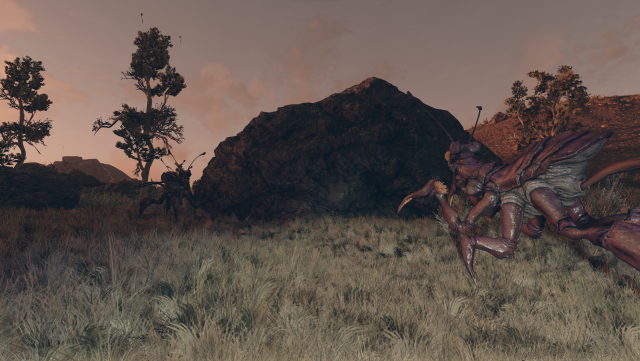
I pumped almost 120 hours into Starfield during its launch period, gathering every achievement (nbd), banging out every side quest, and milking the game for all it was worth. I enjoyed myself and the time I spent with the game, but by the time I was done, I couldn’t wait to uninstall it.
The replayability of Starfield is thin, and my desire to run through the game in New Game+ mode—where all of my items, accomplishments, and tangible markings of progress are stripped away—is just entirely unappealing. For what? To play through yet another multiverse storyline? Like pop culture and media haven’t featured enough of those recently? I’ll pass.
And although I won’t be revisiting Starfield anytime soon, its launch, for me, was a fun time, and I’m sure a lot of other Bethesda fans would agree that they enjoyed their time with the game—emphasis on enjoyed being in the past tense there. Who is still playing Starfield, really? According to Steam player-tracking site Steamcharts, the game lost nearly 100,000 PC players between September and October, then another 15,000 in October and November. After peaking at over 330,000 players immediately following its launch, daily peak numbers for Starfield sit around 30,000 these days. You don’t have to be a math wizard to figure out that nine out of every 10 Starfield players have moved on, myself included.
Like countless games these days, Starfield will join the ranks of the titles that dominated my Steam library for the better part of five weeks—one for every year it took to get it off the ground—but failed to keep me engaged beyond any attempts I tried to make in an effort to justify that all those years were worth the wait.
While Starfield scratched my itch for a new Bethesda game, I could’ve done without a half-decade wait to drive what’s essentially an old car with a fresh coat of paint.



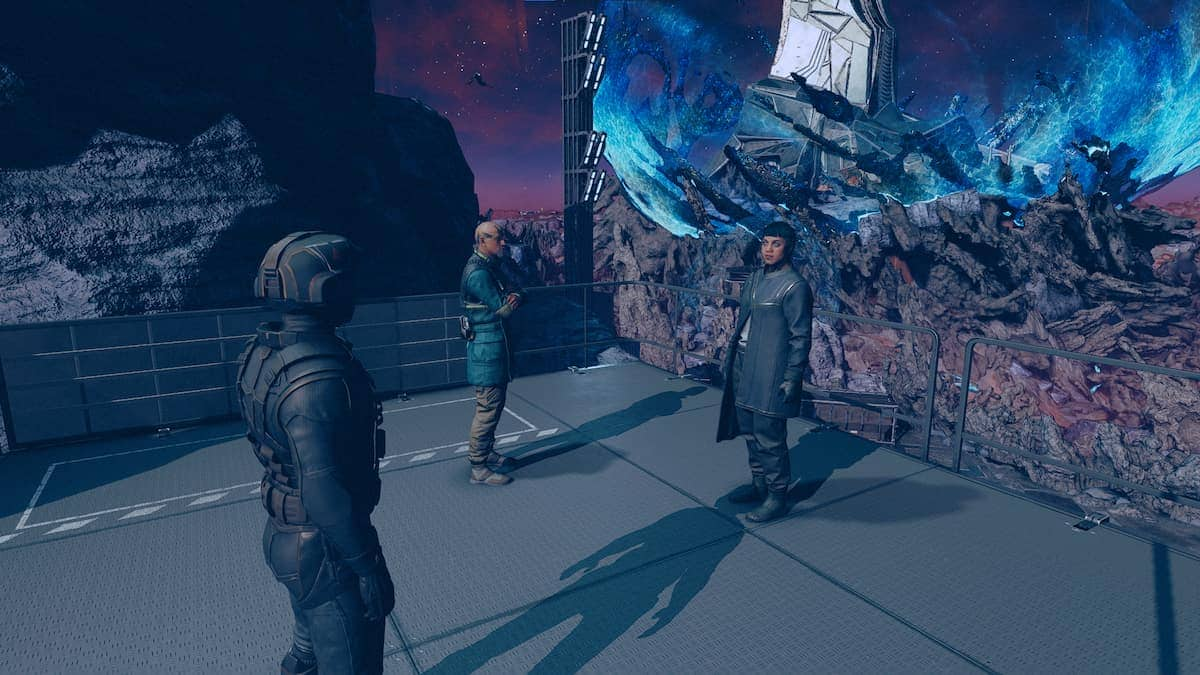

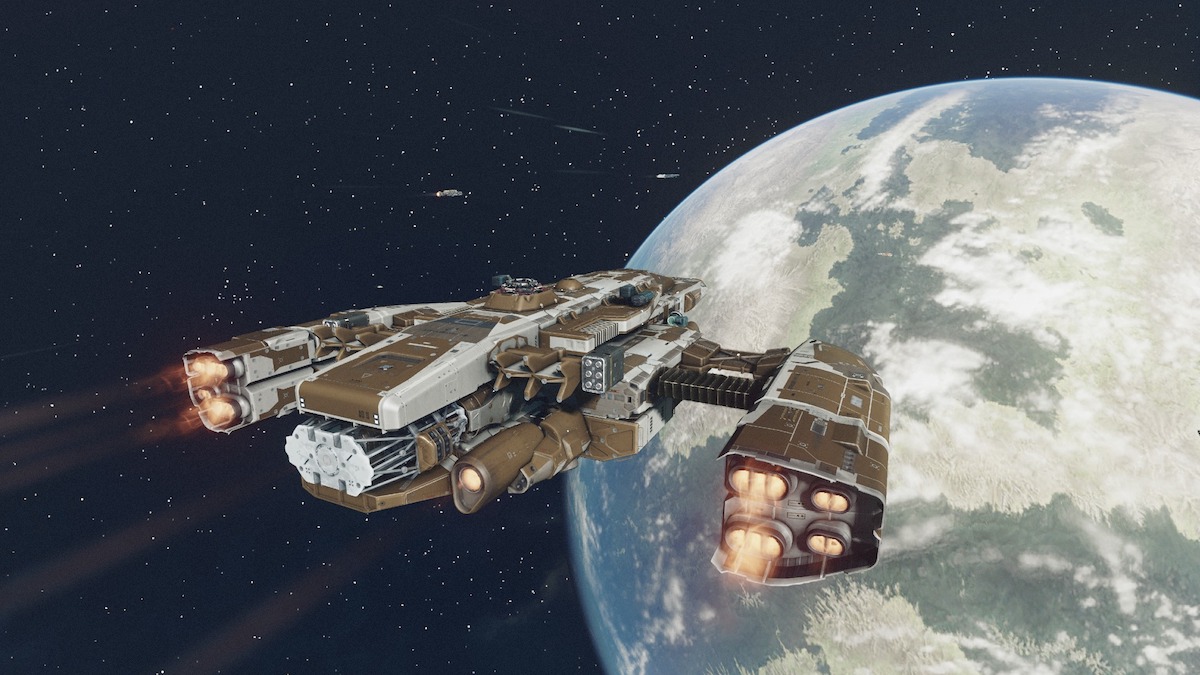
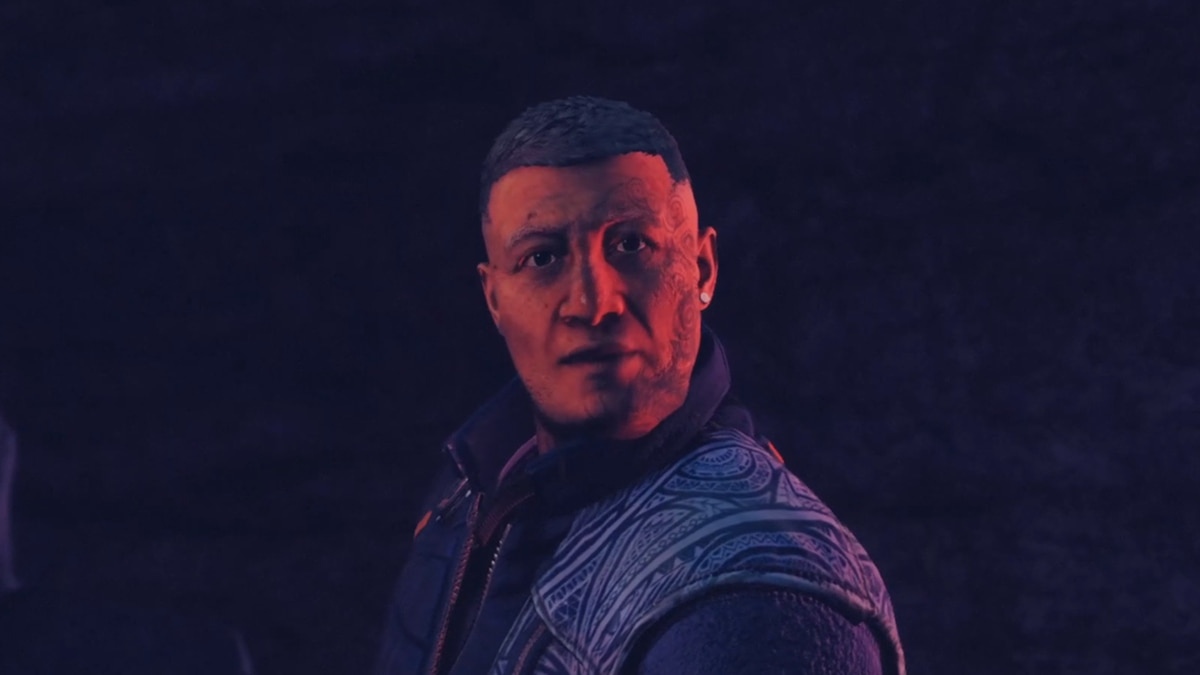
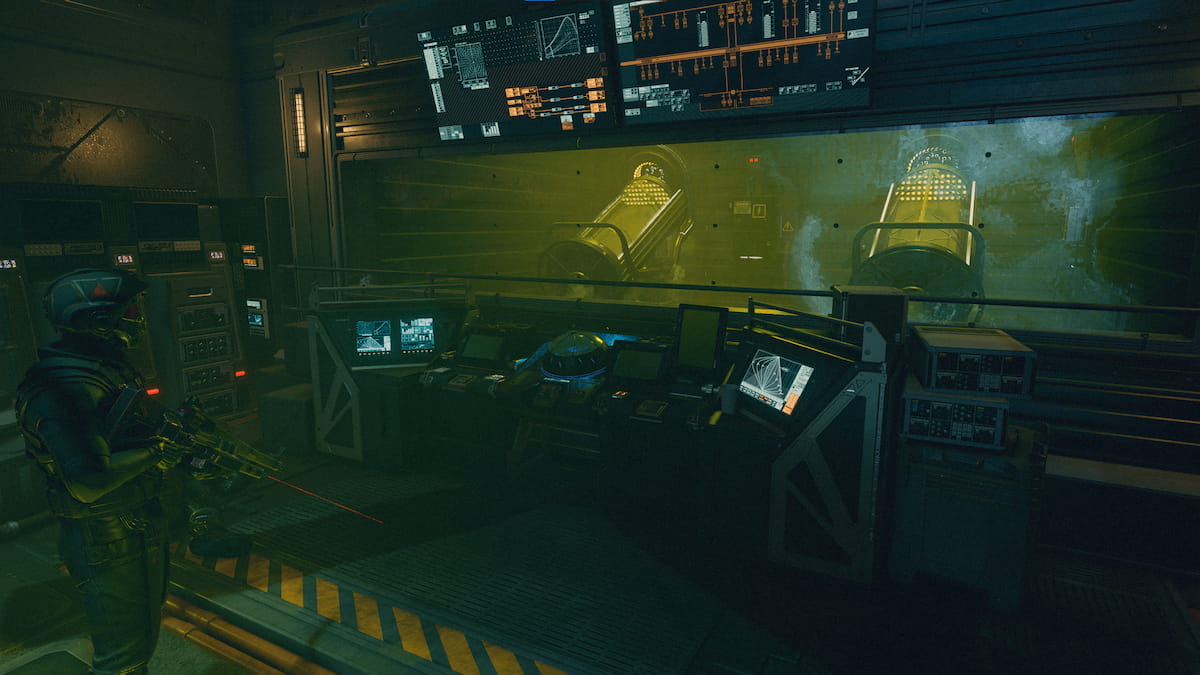
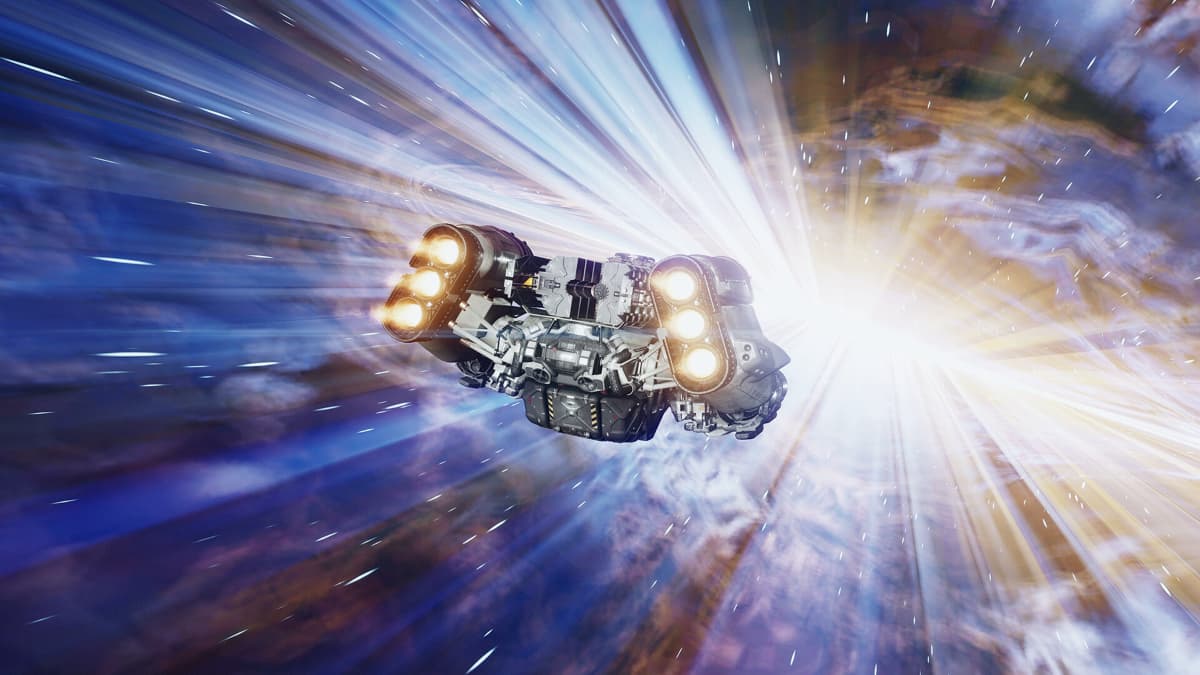
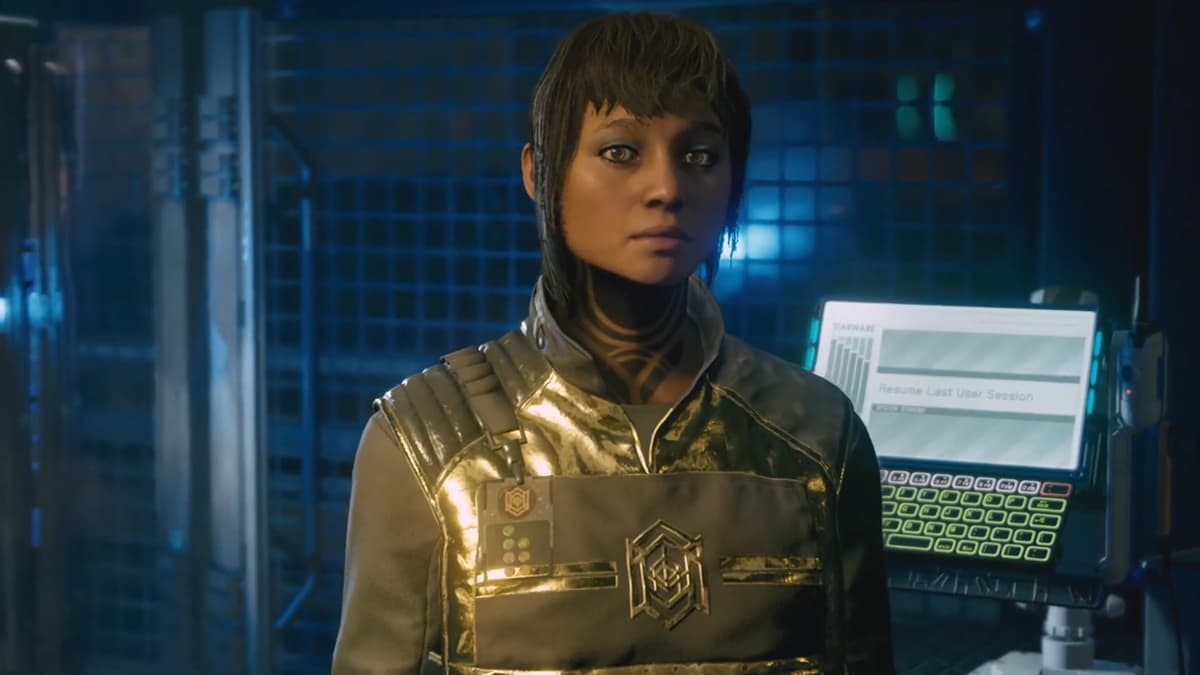
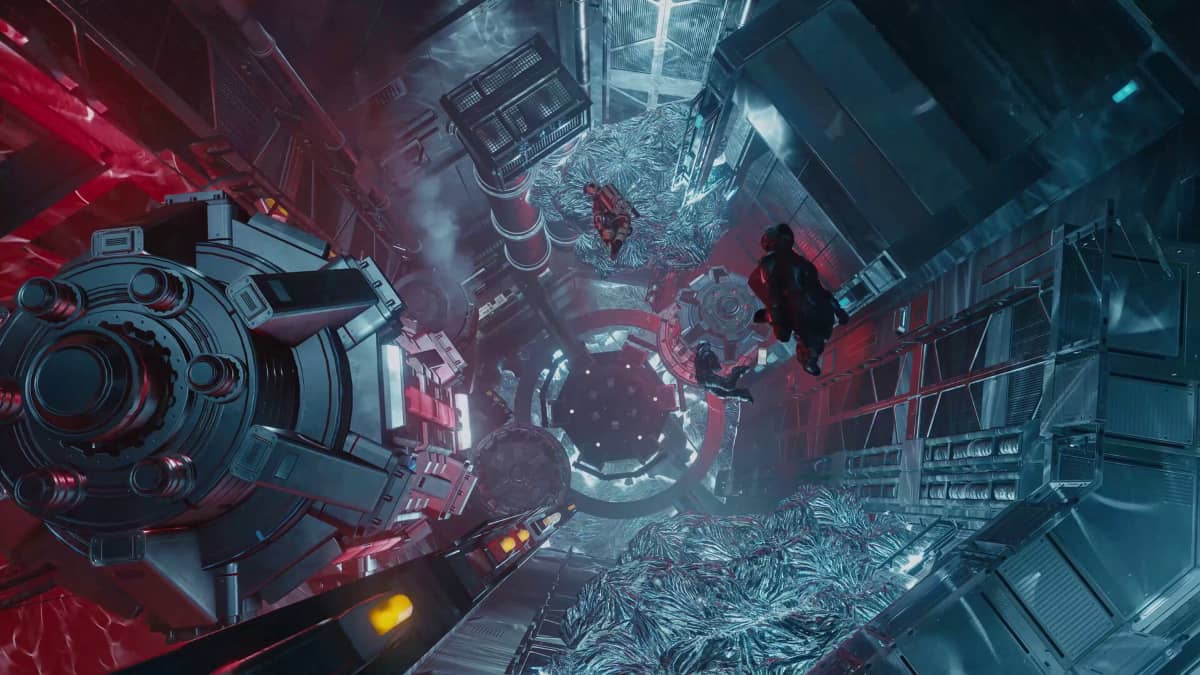
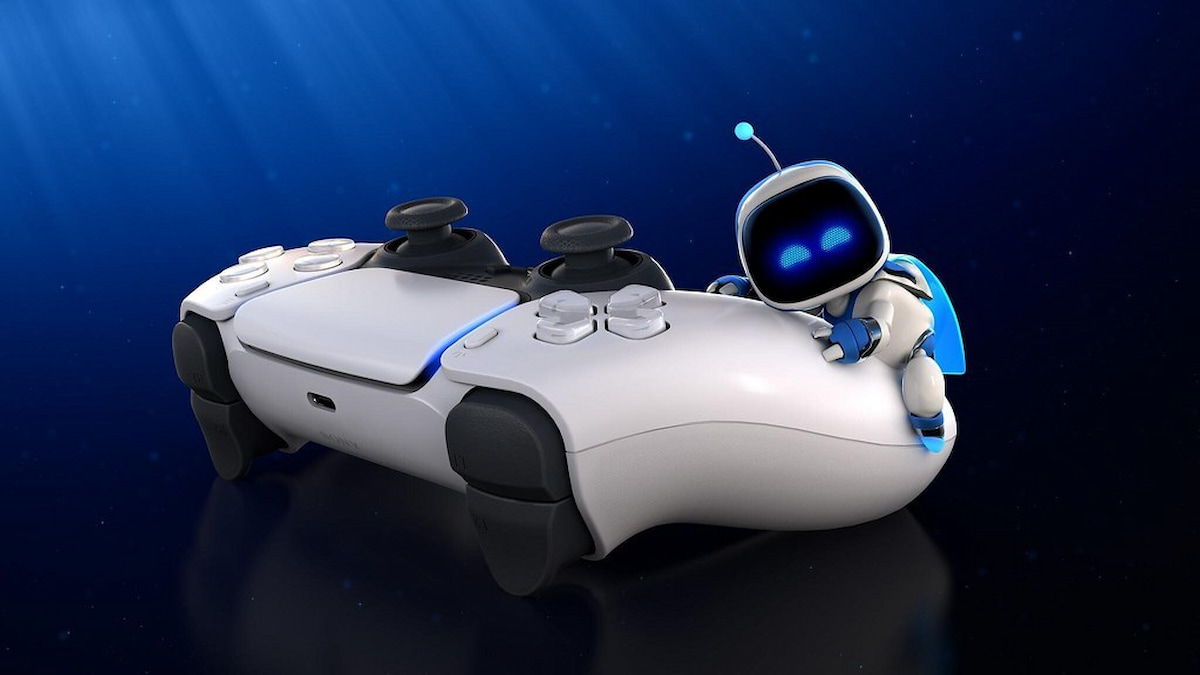

Published: Nov 17, 2023 07:37 am